Optimal Timing for Tile Caulking

Spring offers optimal conditions for tile caulking due to moderate temperatures and low humidity, ensuring proper adhesion and curing.
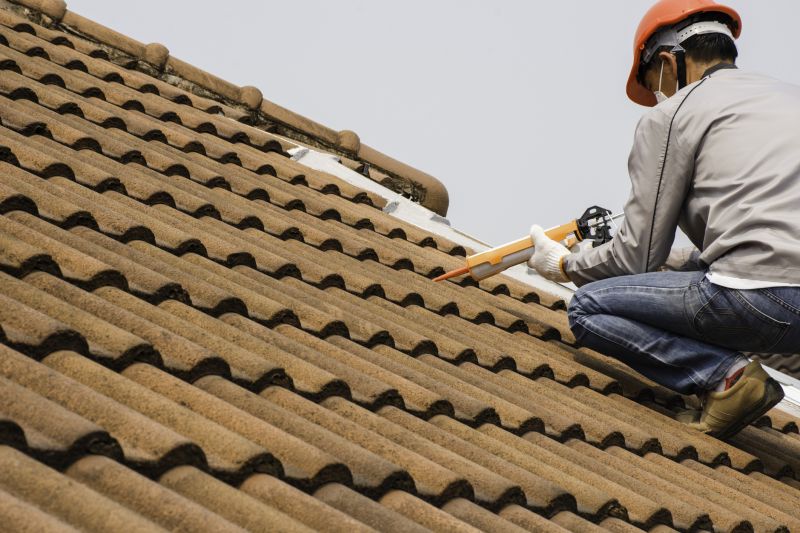
Summer can be suitable if temperatures are controlled, but excessive heat and humidity may affect the curing process.

Fall provides cooler, stable conditions ideal for caulking projects, reducing the risk of premature drying or cracking.

Ways to make Tile Caulkings work in tight or awkward layouts.

Popular materials for Tile Caulkings and why they hold up over time.
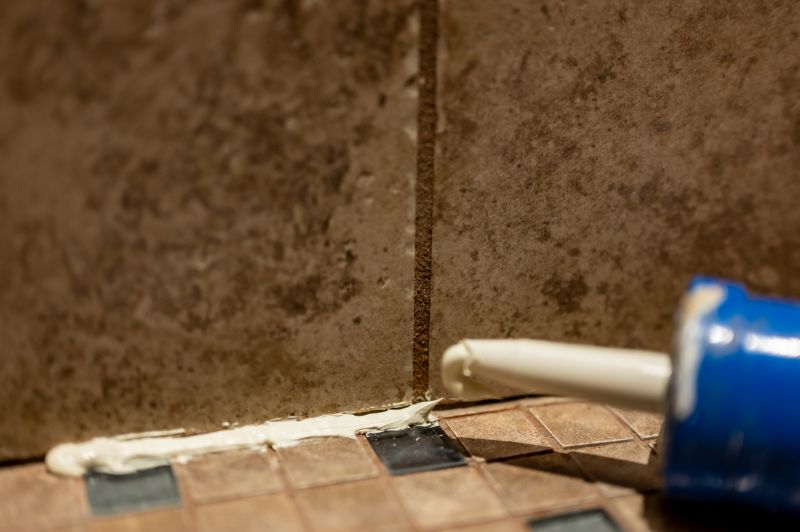
Simple add-ons that improve Tile Caulkings without blowing the budget.
Tile caulking is a critical component in maintaining the integrity and appearance of tiled surfaces. Proper caulking prevents water intrusion, reduces mold growth, and extends the lifespan of the tiles. The timing of caulking projects can influence their effectiveness, as environmental conditions impact adhesion and curing. Generally, the best time for tile caulking aligns with periods of moderate temperature and low humidity, which facilitate optimal curing and adhesion.
Temperature and humidity levels significantly impact caulking performance. Ideal conditions include temperatures between 50-85°F and humidity below 60%.
Different caulk types require specific conditions for optimal application. Silicone caulks, for example, cure best in dry, warm environments.
Planning caulking during favorable weather reduces the risk of issues such as cracking or improper adhesion.
Ensuring surfaces are clean and dry before caulking enhances adhesion and durability.
| Season | Advantages |
|---|---|
| Spring | Moderate temperatures, low humidity, ideal for curing. |
| Summer | Potential for warm conditions, but risk of high humidity. |
| Fall | Stable weather, suitable for precise application. |
| Winter | Generally not recommended due to cold and moisture risks. |

Proper application techniques ensure long-lasting results.
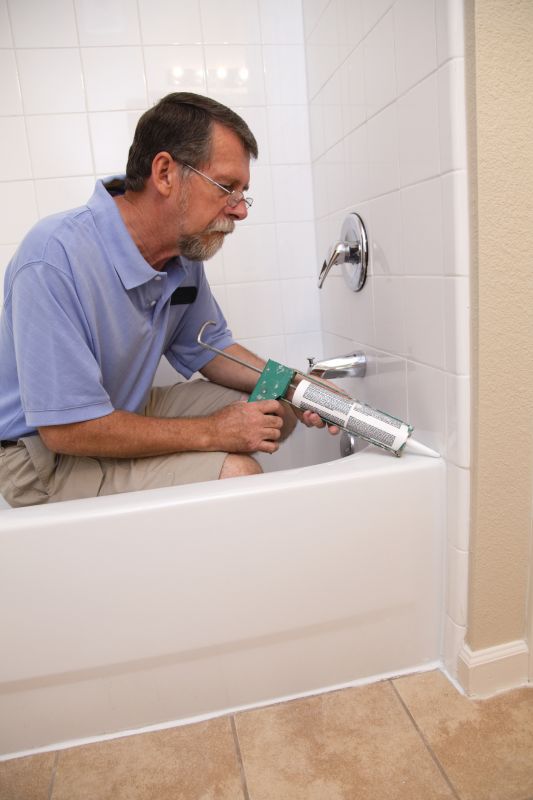
Sealing edges prevents water penetration and mold growth.
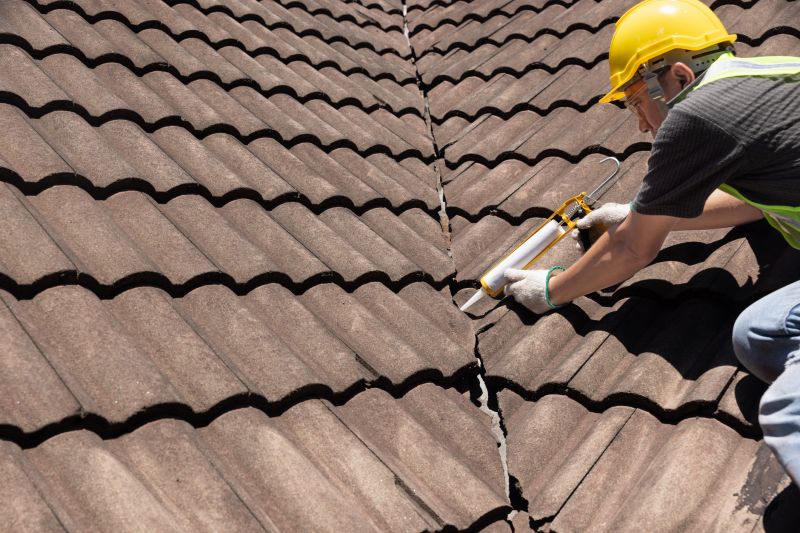
Regular inspections help identify and address deterioration early.

Using the right tools improves precision and finish quality.
Choosing the right time for tile caulking involves considering environmental factors that influence adhesion and curing. Proper timing ensures that the caulk bonds effectively, providing a durable seal that protects against water damage and mold. Planning caulking projects during seasons with stable, moderate weather conditions minimizes the risk of issues such as cracking, shrinking, or improper curing.

Freshly applied caulk should be protected from water and extreme temperatures during curing.
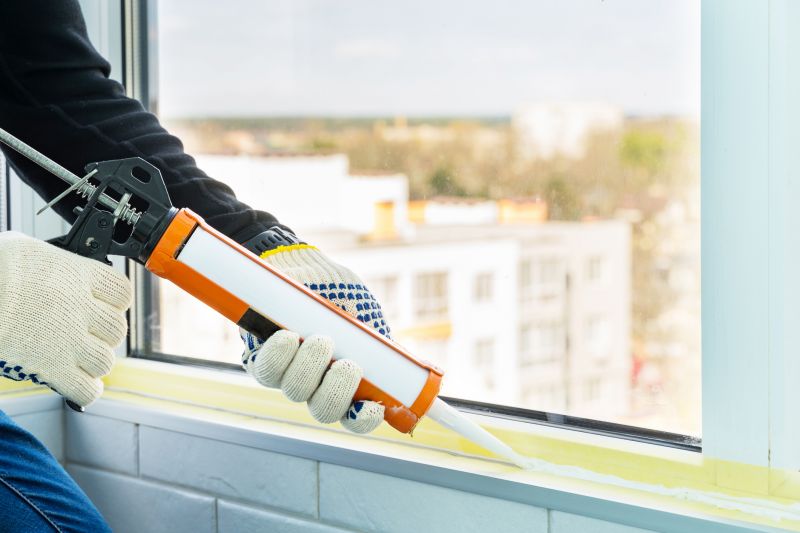
Monitoring weather conditions helps determine the best time for application.
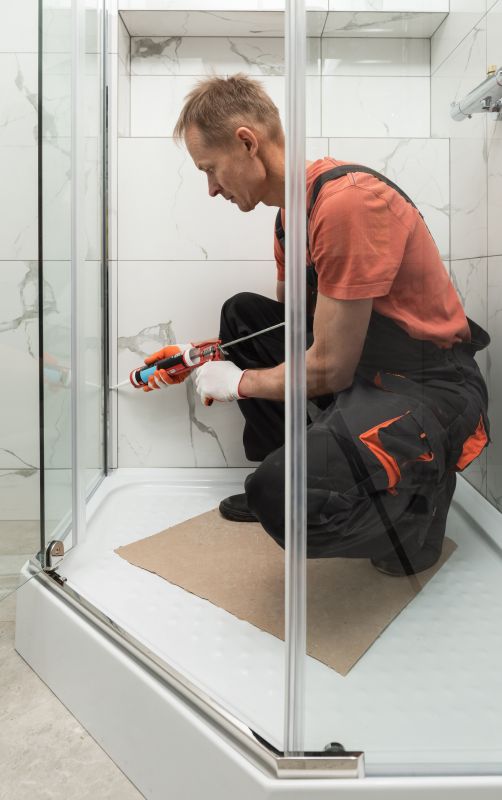
Professional application ensures optimal results and longevity.
Interested in scheduling tile caulking services? Filling out the contact form can facilitate planning and ensure the project is completed under optimal conditions for best results.
